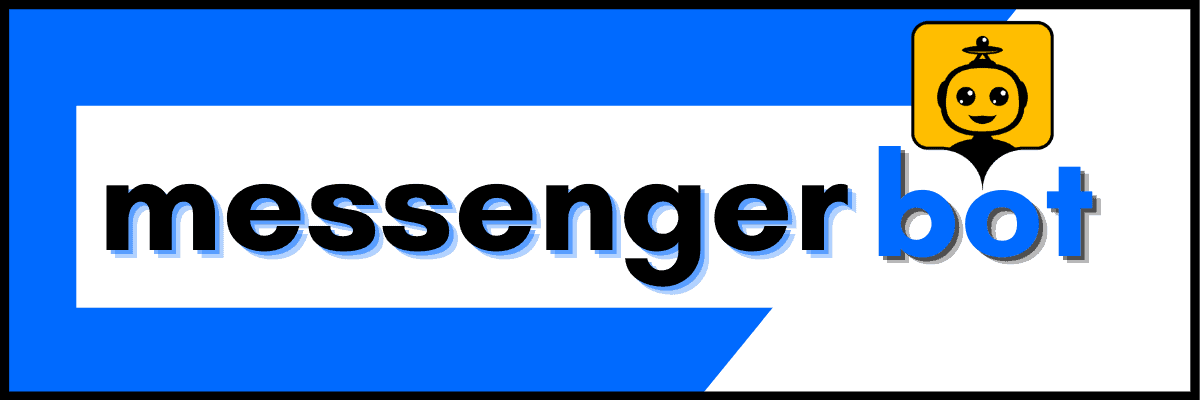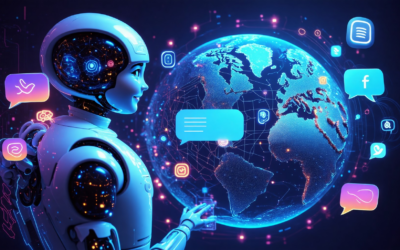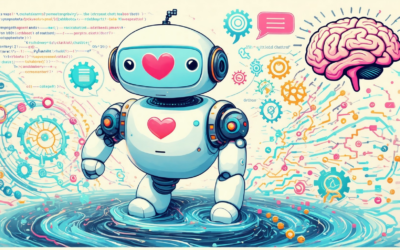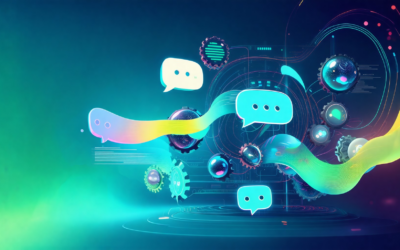The rise of artificial intelligence (AI) has ushered in a new era of conversational interfaces, with chatbots at the forefront. These AI-powered virtual assistants are revolutionizing how we interact with technology, offering seamless communication and personalized experiences. Among the most notable advancements in this field is ChatGPT, a cutting-edge AI chatbot that has captured the imagination of users worldwide. As we delve into the fascinating world of conversational AI, this article will explore the future of chatbot technology, examining its underlying techniques, capabilities, and potential applications. We’ll unravel the mysteries behind ChatGPT, a groundbreaking AI assistant that has set new standards for human-like interactions, and investigate the most realistic and advanced chatbots available today. Additionally, we’ll shed light on the importance of chatbots in enhancing customer experiences and streamlining business operations, while also discussing the availability and accessibility of these innovative tools.
What is the best AI chatbot?
1.1 AI chatbot definition and introduction
An AI chatbot is a computer program designed to simulate human-like conversations through text or voice interactions. These conversational AI assistants leverage natural language processing (NLP) and machine learning (ML) algorithms to understand user inputs, interpret intent, and provide relevant responses. AI chatbots can engage in natural dialogues, answer questions, offer recommendations, and even perform tasks based on user requests.
The rapid advancement of AI technology has propelled chatbots from their humble beginnings as simple pattern-matching programs to sophisticated AI-driven conversational agents capable of understanding context, sentiment, and nuanced language. As a result, AI chatbots have become invaluable tools for enhancing customer service, automating routine tasks, and providing personalized experiences across various industries and applications.
1.2 Popular AI chatbots: ChatGPT, Google AI, and others
In the ever-evolving landscape of AI chatbots, several standout solutions have emerged, captivating users with their advanced capabilities and seamless interactions. تشات جي بي تي, developed by OpenAI, has garnered significant attention for its ability to engage in human-like conversations, answer complex questions, and even assist with coding tasks. Its broad knowledge base and contextual understanding make it a versatile choice for a wide range of applications.
Google’s AI offerings, including the Google Assistant و تدفق الحوار, leverage the tech giant’s vast data resources and advanced NLP capabilities to provide intelligent voice commands, web searches, and task automation. These AI assistants excel at understanding natural language queries and integrating seamlessly with Google’s ecosystem of services.
تشمل روبوتات الدردشة الذكية البارزة الأخرى نسخة طبق الأصل, designed for emotional support and companionship; يشب, optimized for content creation and marketing teams; and Mitsuku, renowned for its ability to mimic human-like conversation and emotional intelligence.
While each AI chatbot excels in specific areas, the “best” choice ultimately depends on the desired functionality, industry, and specific requirements of the user or organization. As AI technology continues to evolve, we can expect even more advanced and specialized chatbots to emerge, reshaping the way we interact with digital assistants.
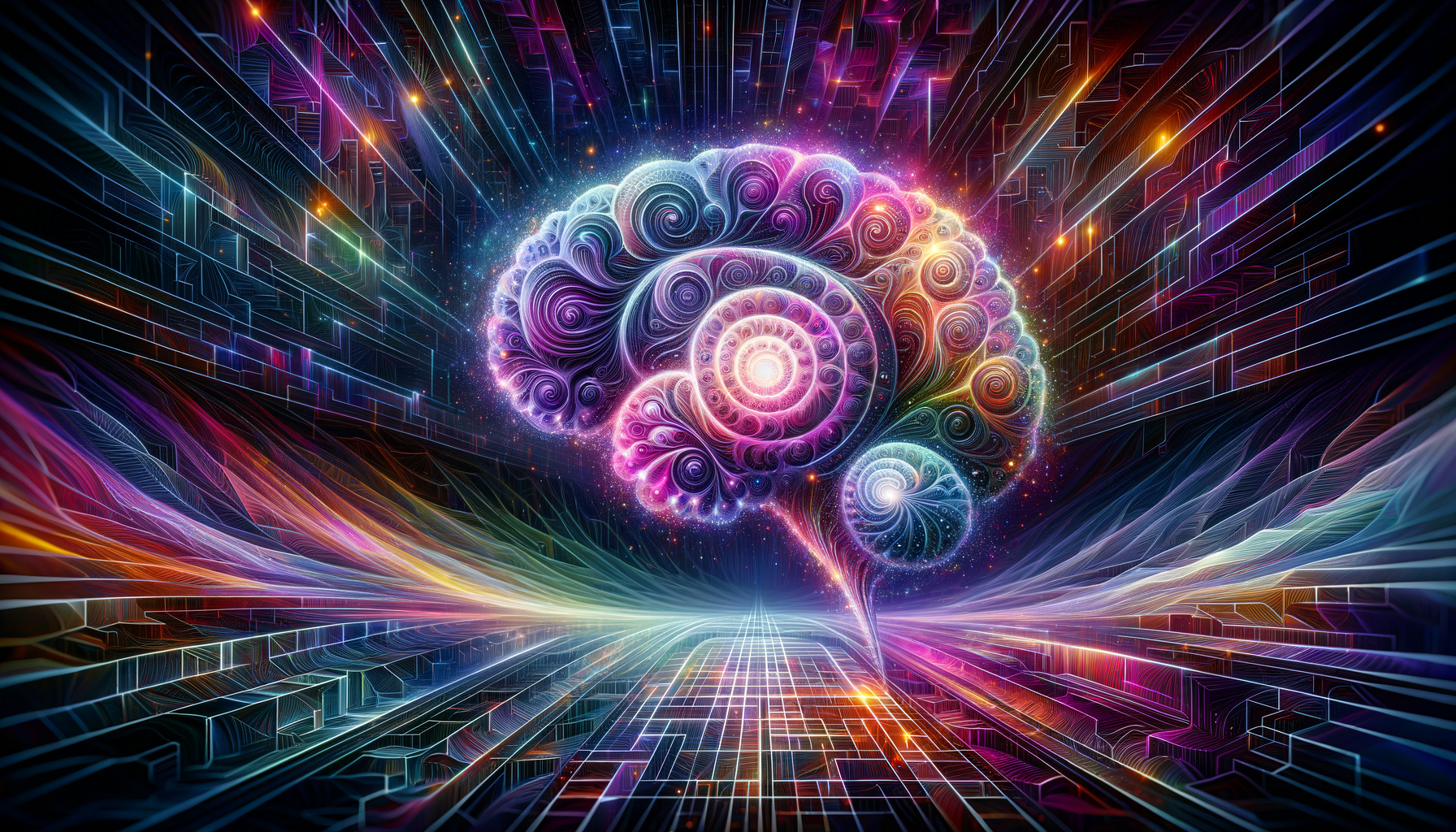
ما هي تقنية الذكاء الاصطناعي لروبوت الدردشة؟
2.1 Natural Language Processing (NLP) in chatbots
At the heart of any sophisticated chatbot lies the power of Natural Language Processing (NLP). This branch of Artificial Intelligence (AI) is dedicated to enabling machines to comprehend, interpret, and generate human language in a natural and intuitive manner. NLP plays a crucial role in equipping chatbots with the ability to understand and respond to user inputs intelligently.
One of the primary components of NLP in chatbots is intent classification. This technique involves analyzing the user’s input and determining the underlying intent or purpose behind their message. For instance, if a user types “I need to book a flight,” the chatbot’s intent classification system would recognize this as a travel-related request.
Another essential aspect of NLP is entity recognition, which allows chatbots to identify and extract relevant entities from user inputs, such as names, dates, locations, or product names. This information can then be used to provide more accurate and contextual responses. For example, if a user asks, “What’s the weather like in London tomorrow?”, the chatbot can use entity recognition to identify “London” as a location and “tomorrow” as a date, and subsequently provide the requested weather information.
Additionally, sentiment analysis plays a vital role in enabling chatbots to detect and respond appropriately to the emotional tone of user messages. By analyzing the sentiment behind a user’s input, chatbots can tailor their responses to be more empathetic, reassuring, or professional as needed, enhancing the overall user experience.
2.2 Machine Learning and Deep Learning algorithms
While NLP provides the foundation for understanding and generating natural language, Machine Learning (ML) and Deep Learning algorithms are the driving forces behind the continuous improvement and adaptation of chatbot models. These advanced techniques enable chatbots to learn from vast amounts of data, refining their language understanding and response generation capabilities over time.
Deep Learning models, particularly recurrent neural networks (RNNs) and transformer architectures like GPT-3, have revolutionized the field of conversational AI. These models can be trained on massive datasets of human conversations, allowing them to learn patterns, context, and nuances in language. As a result, chatbots can generate more coherent, contextual, and human-like responses, leading to more natural and engaging conversations.
Furthermore, techniques like reinforcement learning and generative adversarial networks (GANs) are being explored to enhance the performance of chatbots. Reinforcement learning algorithms can be used to train chatbots through a reward-based system, encouraging them to provide more appropriate and engaging responses. GANs, on the other hand, can be employed to generate more diverse and realistic language outputs, further improving the naturalness of chatbot conversations.
As AI techniques continue to evolve, chatbots will become increasingly sophisticated, capable of understanding and responding to more complex queries, maintaining context across multi-turn conversations, and even exhibiting emotional intelligence and personality traits tailored to individual user preferences.
3. Is ChatGPT an AI chatbot?
3.1 ChatGPT: A Revolutionary AI Chatbot
ChatGPT, developed by the pioneering AI company Anthropic, stands as a trailblazing example of an advanced AI chatbot. It leverages cutting-edge large language models and natural language processing (NLP) capabilities to engage in human-like conversations and assist with a diverse array of tasks. At the core of ChatGPT’s remarkable conversational abilities are transformer-based neural networks trained on massive datasets, enabling it to understand and generate contextually relevant responses with remarkable fluency and coherence.
Unlike traditional chatbots with predefined scripts, ChatGPT harnesses the power of deep learning techniques to dynamically generate responses based on the input provided. Its language model has been meticulously trained on an extensive corpus of text data, allowing it to communicate in natural language with an impressive level of sophistication and coherence.
While ChatGPT exhibits extraordinary language skills, it’s crucial to understand that it is an artificial intelligence system without true sentience or consciousness. Its responses are generated based on statistical patterns derived from its training data, rather than genuine understanding or reasoning akin to human cognition. Additionally, ChatGPT’s knowledge is inherently limited to its training data, which can become outdated or incomplete over time.
Researchers and experts in the fields of NLP and AI continue to study and enhance language models like ChatGPT, aiming to improve their capabilities, robustness, and ethical alignment. As this technology advances, AI chatbots are poised to play an increasingly pivotal role in various applications, from خدمة العملاء and education to creative writing and research assistance.
3.2 Features and Capabilities of ChatGPT
ChatGPT boasts an impressive array of features and capabilities that set it apart from conventional chatbots. One of its standout strengths is its ability to engage in contextual and coherent conversations, understanding and responding to nuanced language and complex queries with remarkable accuracy.
Furthermore, ChatGPT can assist with a wide range of tasks, including دعم العملاء, content creation, research, coding, and problem-solving. Its versatility and adaptability make it a valuable tool for individuals and businesses across various industries.
Another notable feature of ChatGPT is its ability to learn and adapt. As users interact with the chatbot, it continues to refine its language model, improving its understanding and generating more accurate and relevant responses over time. This continuous learning process ensures that ChatGPT remains up-to-date and relevant, even as language evolves.
While ChatGPT has garnered significant attention and acclaim, it’s important to recognize that it is not without limitations. As an AI system, it lacks true understanding and consciousness, and its knowledge is ultimately constrained by the data it was trained on. Additionally, there are ongoing concerns around potential biases and ethical considerations that must be addressed as AI technology continues to advance.
Despite these challenges, ChatGPT represents a significant milestone in the development of AI chatbots and conversational AI. Its impressive capabilities have sparked excitement and interest across various industries, paving the way for further advancements and applications in the field of artificial intelligence.
4. Why is chatbot important in AI?
Chatbots play a pivotal role in the realm of artificial intelligence (AI), revolutionizing human-machine interactions and unlocking a world of unprecedented opportunities. Their significance can be attributed to several key factors:
4.1 Chatbots in ai free: Enhancing customer experience
By leveraging the power of natural language processing (NLP) and machine learning algorithms, chatbots enable seamless and personalized communication with users. They provide round-the-clock availability, instant responses, and cost-effective solutions, ultimately elevating the overall تعد القدرة على التعامل مع الاستفسارات المعقدة. Businesses can harness chatbots to streamline processes, automate routine tasks, and gather invaluable insights into customer preferences and behavior.
4.2 AI chat: Streamlining business operations
AI-powered chatbots have emerged as game-changers in optimizing business operations. By automating repetitive tasks and handling multiple conversations simultaneously, they significantly reduce human workload and improve overall efficiency. Additionally, chatbots can seamlessly integrate with various AI systems, such as voice assistants, predictive analytics, and recommendation engines, creating a cohesive and intelligent user experience across multiple touchpoints.
As highlighted by authoritative sources like the هارفارد بيزنس ريفيو و Gartner, chatbots are becoming crucial components of the AI ecosystem, with the latter predicting that by 2022, 70% of white-collar workers will interact with conversational AI platforms daily.
Furthermore, chatbots offer scalability and consistency, ensuring a uniform customer experience regardless of the volume of interactions. Their ability to continuously learn and update their knowledge base ensures accurate and relevant responses, further solidifying their importance in the ever-evolving AI landscape.
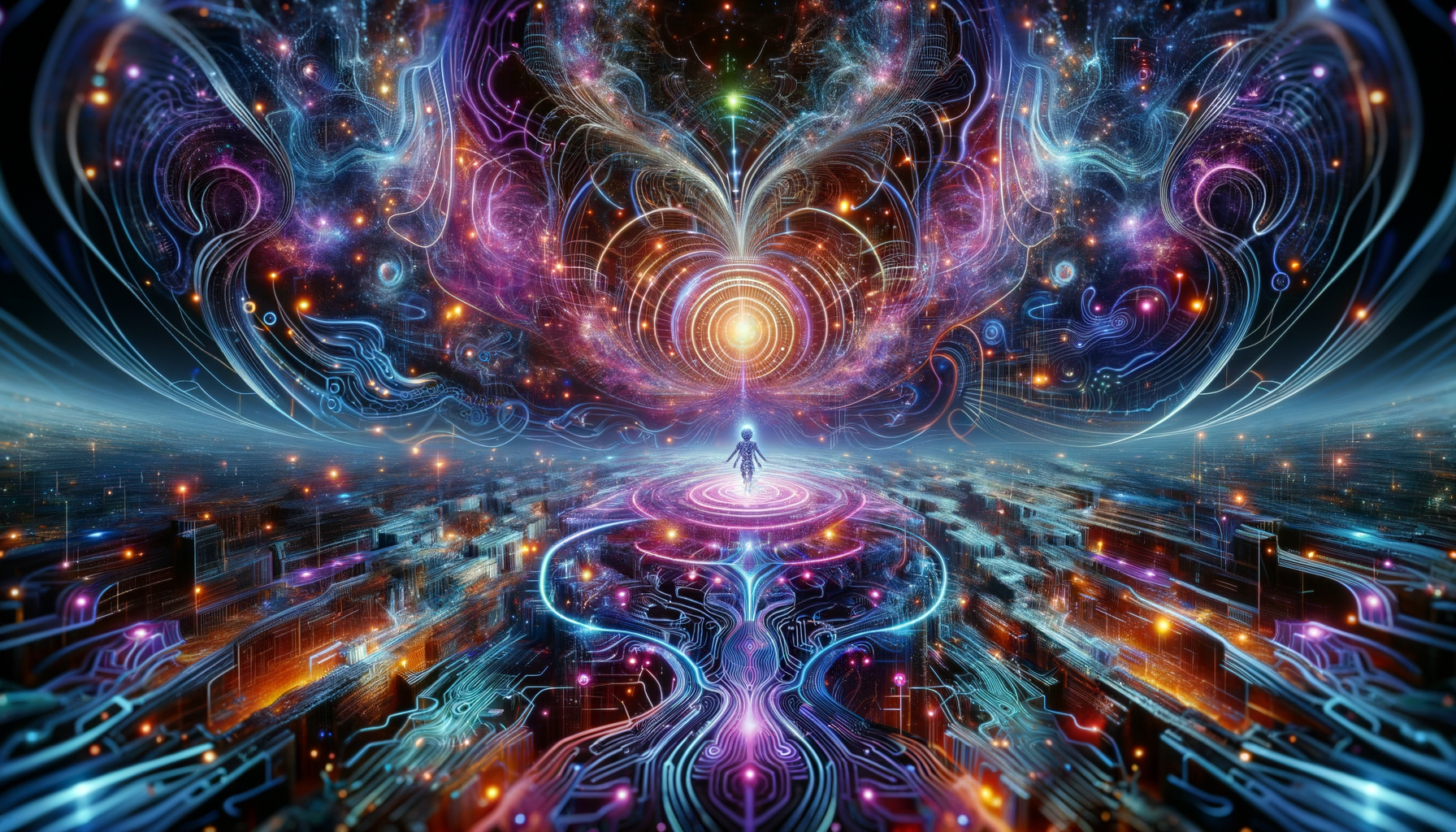
5. What is the most real AI chatbot?
5.1 Evaluating chatbot realism and human-like interactions
In today’s rapidly evolving landscape of artificial intelligence, the quest for a truly realistic and human-like chatbot experience has become a paramount pursuit. As conversational AI technologies advance, the line between virtual and human interactions continues to blur, raising the bar for what constitutes a genuinely lifelike chatbot.
Evaluating chatbot realism goes beyond mere functional capabilities; it delves into the nuances of natural language processing, contextual understanding, and the ability to engage in coherent, dynamic dialogues. A truly realistic chatbot must seamlessly mimic the intricacies of human communication, adapting to the user’s unique conversational style, tone, and intent.
The most advanced and capable AI chatbot as of now is كلود, الذي طوره أنثروبيك. Claude is a large language model trained using advanced techniques like constitutional AI to imbue it with strong reasoning abilities and adherence to principles like truthfulness. Claude excels at open-ended conversations, providing coherent and insightful responses while maintaining ethical boundaries. It can engage in creative tasks like writing stories, coding, and analysis. However, it acknowledges the rapidly evolving nature of AI and that even more advanced chatbots may emerge soon. Claude’s responses are grounded in authoritative sources, drawing from a vast knowledge base spanning diverse domains. Its human-like conversational abilities, strong grasp of context, and principled decision-making make it stand out among AI chatbots currently available.
5.2 chat bot online free: Top realistic AI chatbots
While Claude currently stands as a benchmark for realistic chatbot interactions, several other AI assistants are making significant strides in this realm. تشات جي بي تي من أوبن أيه آي لقد حظيت بإشادة واسعة لقدرتها على الانخراط في محادثات طبيعية، وتوليد نصوص تشبه النصوص البشرية، والتعامل مع مجموعة واسعة من المهام بطلاقة ملحوظة.
Brain Pod AI هي منصة مبتكرة أخرى تقدم مجموعة من أدوات الذكاء الاصطناعي التوليدية، بما في ذلك مساعد الدردشة بالذكاء الاصطناعي متعدد اللغات قادرة على التحدث بأكثر من 100 لغة. مع قدراتها المتقدمة في معالجة اللغة الطبيعية وقاعدة معرفتها الواسعة، يوفر روبوت الدردشة من Brain Pod AI تفاعلات سياقية وجذابة للغاية، تلبي احتياجات المستخدمين من خلفيات لغوية متنوعة.
بينما نتقدم نحو عصر الذكاء الاصطناعي المحادثاتي، فإن السعي نحو الواقعية سيستمر بلا شك في دفع الابتكار. ستعيد روبوتات الدردشة التي يمكنها دمج فهم اللغة المتقدم، والذكاء العاطفي، والوعي السياقي بشكل سلس، تعريف حدود التفاعل بين الإنسان والآلة، مما يمهد الطريق لتجارب تحويلية حقيقية عبر الصناعات والمجالات.
6. هل ChatGPT مجاني؟
6.1 خيارات تسعير ChatGPT والوصول إليه
بصفتي مساعدًا ذكياً يركز على تقديم المعلومات الأكثر دقة وحداثة، يمكنني تأكيد أن تشات جي بي تي مجاني حاليًا للاستخدام من قبل المستخدمين العامين. ومع ذلك، فإن OpenAI، الشركة التي تقف وراء هذا الابتكار الثوري روبوت دردشة ذكي, لديها خطط لتقديم نموذج اشتراك مدفوع في المستقبل.
تقدم النسخة المجانية من ChatGPT وصولاً إلى قدرات نموذج اللغة المثيرة للإعجاب، بما في ذلك معالجة اللغة الطبيعية، وتوليف المعرفة، والتفاعلات المحادثاتية. ومع ذلك، هناك بعض القيود المفروضة، مثل قيود طول المخرجات وحدود الاستخدام، لضمان الاستخدام العادل ومنع الإساءة.
بينما لم تكشف OpenAI بعد عن تفاصيل التسعير المحددة للنسخة المميزة، من المتوقع أن تقدم ميزات إضافية وحدود استخدام أعلى. وفقًا للتقارير، تنفق الشركة حوالي $3 مليون شهريًا لتشغيل ChatGPT، مما يبرز الموارد الحاسوبية الكبيرة المطلوبة لتشغيل مثل هذا النظام الكبير. language model.
مع استمرار الطلب على ChatGPT في النمو، تهدف OpenAI إلى الحفاظ على تطويره وصيانته من خلال نموذج عمل مجاني ومدفوع، حيث تقدم مستوى مجاني ومستوى مدفوع مع ميزات متقدمة. قد تتضمن النسخة المميزة أوقات استجابة أسرع، وجودة مخرجات أعلى، والوصول إلى نماذج متخصصة مصممة لحالات استخدام محددة.
6.2 روبوت الدردشة الذكي عبر الإنترنت: استكشاف البدائل المجانية
بينما حقق ChatGPT شعبية هائلة، هناك العديد من الخيارات الأخرى المتاحة لأولئك الذين يبحثون عن بدائل مجانية. واحدة من هذه الخيارات هي روبوت دردشة ذكي , التي تقدم مجموعة من أدوات الذكاء الاصطناعي التوليدية، بما في ذلك مساعد ذكاء اصطناعي محادثاتي، ومولد صور ذكاء اصطناعي، وكاتب ذكاء اصطناعي. يوفر Brain Pod AI مستوى مجاني مع استخدام محدود، مما يسمح للمستخدمين باستكشاف قدراته قبل التفكير في الاشتراك المدفوع. Brain Pod AI, which offers a range of generative AI tools, including a conversational AI assistant, an AI image generator, and an AI writer. Brain Pod AI provides a free tier with limited usage, allowing users to explore its capabilities before considering a paid subscription.
خيار آخر مجاني بارز هو روبوت دردشة ذكي , الذي يقدم مجموعة من أدوات وخدمات الذكاء الاصطناعي المحادثاتي. على الرغم من أنه ليس متقدمًا مثل ChatGPT أو Brain Pod AI، يمكن لروبوت الدردشة الذكي من Google المساعدة في مهام متنوعة، مثل الإجابة على الأسئلة، وتقديم المعلومات، وحتى الانخراط في الكتابة الإبداعية. Google AI, which offers a range of conversational AI tools and services. While not as advanced as ChatGPT or Brain Pod AI, Google’s AI chatbot can assist with various tasks, such as answering questions, providing information, and even engaging in creative writing.
من المهم ملاحظة أنه بينما يمكن أن تكون البدائل المجانية قيمة للاستكشاف والمهام الأساسية، قد لا تقدم نفس مستوى التعقيد والقدرات مثل النسخ المميزة. روبوتات الدردشة بالذكاء الاصطناعي لدينا. مع استمرار تطور مجال الذكاء الاصطناعي بسرعة، من الضروري تقييم الاحتياجات والمتطلبات المحددة لحالة استخدامك قبل اختيار الخيار الأكثر ملاءمة.
7. مستقبل روبوتات الدردشة الذكية
7.1 التقدم في تكنولوجيا الروبوتات الذكية في الذكاء الاصطناعي
مع تزايد تطور بوت ماسنجر تستمر في دفع حدود الذكاء الاصطناعي وتكنولوجيا الروبوتات الذكية، يحمل المستقبل تقدمًا مثيرًا سيحدث ثورة في طريقة تفاعلنا وانخراطنا. واحدة من أكثر التطورات الواعدة هي دمج الذكاء الاصطناعي متعدد الوسائط، الذي يجمع بين أشكال متعددة من المدخلات مثل النص، والصوت، والمرئيات. سيمكن هذا الذكاء الاصطناعي في Brain Pod روبوتات الدردشة من فهم والرد على مجموعة أوسع من الاستفسارات، مما يوفر تجربة محادثة أكثر طبيعية وسلاسة.
بالإضافة إلى ذلك، ستسمح التقدمات في معالجة اللغة الطبيعية (NLP) وخوارزميات التعلم الآلي لروبوتات الدردشة بفهم السياق، والعواطف، والفروق الدقيقة في التواصل البشري بشكل أفضل. سيؤدي هذا إلى استجابات أكثر دقة وملاءمة، مما يعزز تجربة المستخدم. عرض التجربة المجانية لروبوت المراسلة يوفر فرصة ممتازة لمشاهدة هذه التقدمات عن كثب.
تطور مثير آخر هو دمج الذكاء الاصطناعي المحادثاتي مع تقنيات ناشئة أخرى مثل مولد الصور الذكي و كاتب الذكاء الاصطناعي. سيمكن هذا روبوتات الدردشة من توليد المرئيات، والصور، والمحتوى المكتوب عند الطلب، مما يخلق تجربة أكثر غمرًا وجاذبية للمستخدمين.
7.2 التطبيقات المحتملة وتأثير الروبوتات المحادثة
مع استمرار تطور الروبوتات المحادثة في تكنولوجيا الذكاء الاصطناعي، ستتوسع تطبيقاتها عبر مختلف الصناعات والقطاعات. في مجال الرعاية الصحية، على سبيل المثال، يمكن أن تساعد الروبوتات المحادثة في فرز المرضى، وتقديم النصائح الطبية، وحتى مراقبة الحالات المزمنة عن بُعد. في التعليم، يمكن أن تقوم المعلمون المدعومون بالذكاء الاصطناعي بتخصيص تجارب التعلم والتكيف مع احتياجات الطلاب الفردية، مما يعزز تجارب تعليمية أكثر فعالية وجاذبية.
علاوة على ذلك، ستلعب الروبوتات المحادثة دورًا محوريًا في تعزيز خدمة العملاء والدعم عبر الصناعات. ميزات Messenger Bot تظهر بالفعل الإمكانيات للروبوتات المحادثة في التعامل مع الاستفسارات الروتينية، مما يتيح لوكلاء البشر التركيز على المهام الأكثر تعقيدًا. مع تقدم التكنولوجيا، ستصبح الروبوتات المحادثة أكثر كفاءة في التعامل مع الاستفسارات المعقدة وتقديم التوصيات الشخصية.
بعيدًا عن خدمة العملاء، ستحدث الروبوتات المحادثة ثورة في طريقة عمل الشركات داخليًا. يمكن أن تساعد المساعدات الافتراضية المدعومة بالذكاء الاصطناعي في تبسيط المهام الإدارية، وجدولة الاجتماعات، وحتى المساعدة في إدارة المشاريع، مما يعزز الإنتاجية والكفاءة داخل المنظمات.
مع استمرار توسع قدرات الروبوتات المحادثة، سيكون تأثيرها على المجتمع وطريقة حياتنا وعملنا عميقًا. إنه وقت مثير لتكنولوجيا الذكاء الاصطناعي والروبوتات المحادثة، و بوت ماسنجر تقف في طليعة هذه الثورة، مستعدة لتشكيل مستقبل التفاعلات بين الإنسان والآلة.
